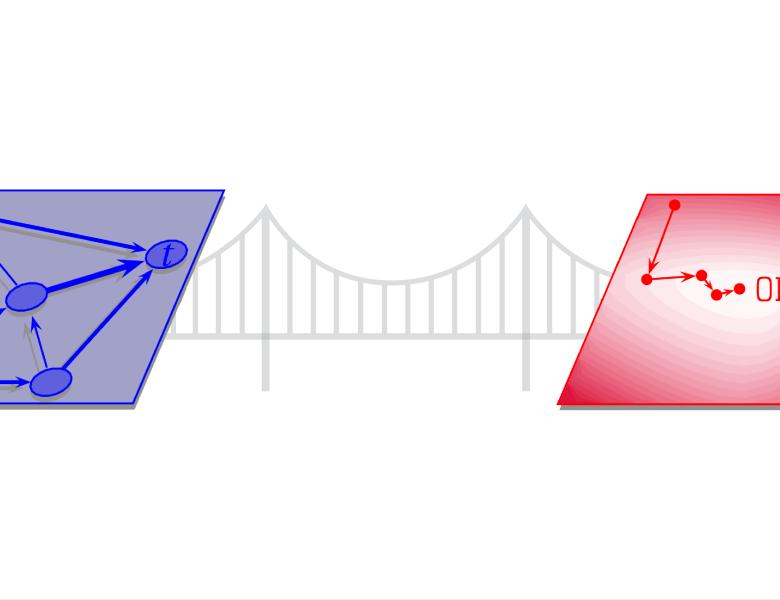Image

We present an algorithmic connection between nature and humans arising in entirely different contexts. The first is the famous Iteratively Reweighted Least Squares (IRLS) algorithm used for the sparse recovery problem while the second is the dynamics of a slime mold. Despite its simplicity the convergence of the IRLS method has been shown only for a certain regularization of it and remains an open problem. We show that the two dynamics can be obtained as projections of a single dynamical system in higher dimensions. Subsequently, we take inspiration from the analysis of the slime mold dynamics to show convergence and obtain complexity bounds for a damped version of the IRLS algorithm.
Joint work with Damian Straszak.